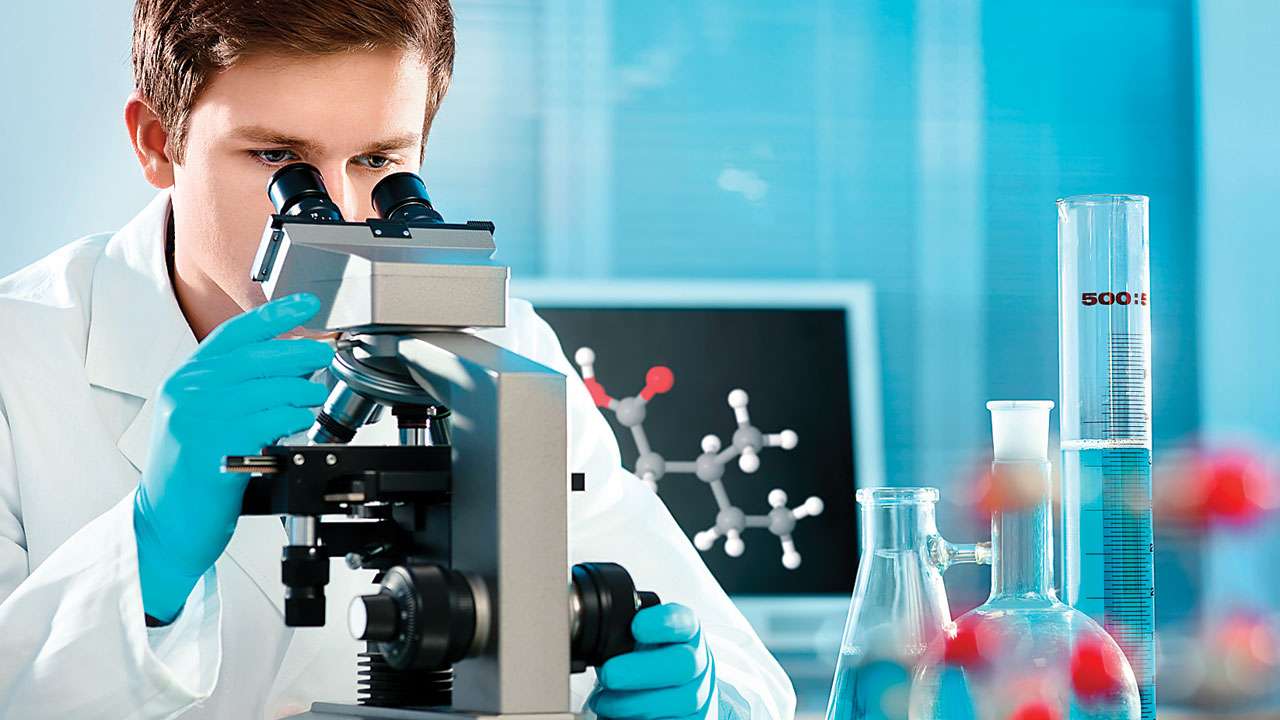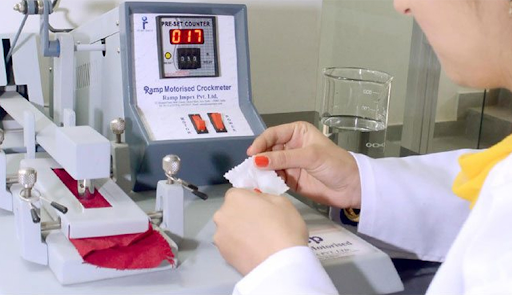
Themical testing for textiles is a critical process that ensures the safety and compliance of the products we use every day. From clothes to home furnishings, textiles are an integral part of our lives. However, many of the chemicals used in textile production can be harmful to human health and the environment. Therefore, it is important to conduct testing to ensure that these products are safe for use.
In this post, we will explore the importance of chemical testing services for textiles, what it entails, and how it can ensure the safety and compliance of textile products.

What is Chemical Testing for Textiles?
Chemical testing for textiles is the process of analyzing the chemical composition of textile products. It involves testing for the presence of harmful substances, such as heavy metals, formaldehyde, and phthalates, among others. Chemical testing is typically carried out in specialized testing laboratories using advanced analytical techniques, such as gas chromatography and mass spectrometry.
Why is Chemical Testing for Textiles Important?
The use of harmful chemicals in textile production can have serious consequences for human health and the environment. Exposure to these chemicals can lead to a range of health problems, including skin irritation, respiratory issues, and even cancer. Additionally, these chemicals can have long-lasting effects on the environment, such as contaminating soil and water sources.
To ensure the safety and compliance of textile products, chemical testing is necessary. It allows manufacturers to identify any harmful substances present in their products and take corrective actions to eliminate them.
Types of Chemical Tested for
esting for textiles can include testing for various chemicals, including formaldehyde, heavy metals, azo dyes, phthalates, and flame retardants. These chemicals can cause health problems such as skin irritation, respiratory problems, and cancer. Testing for these chemicals is essential to ensure that textile products are safe for consumers.

Testing Method Used
There are various testing methods used for chemical testing for textiles, including spectrophotometry, chromatography, and immunoassays. These methods can detect even trace amounts of chemicals in textile products. The testing method used depends on the chemical being tested for and the sensitivity required.
Regulations Governing Chemical Testing for Textile
Various regulations govern chemical testing for textiles, including the Consumer Product Safety Improvement Act (CPSIA) and the European Union’s Registration, Evaluation, Authorization, and Restriction of Chemicals (REACH) regulation. These regulations set limits on the number of certain chemicals that can be present in textile products and require testing to ensure compliance.

What Does Chemical Testing for Textiles Entail?
Chemical testing for textiles can vary depending on the type of product being tested and the regulatory requirements in the target market. However, some common tests include:
Heavy Metal Testing:
Heavy metals, such as lead, cadmium, and mercury, can be harmful if ingested or absorbed through the skin. It metal testing involves analyzing the amount of these substances present in the textile product.
Formaldehyde Testing:
Formaldehyde is commonly used in textile production as a preservative. However, it can be harmful to human health if inhaled or absorbed through the skin. Formaldehyde testing involves analyzing the amount of formaldehyde present in the textile product.
Phthalate Testing:
Phthalates are used as plasticizers in some textiles, such as vinyl fabrics. However, they can be harmful if ingested or absorbed through the skin. Phthalate testing involves analyzing the amount of these substances present in the textile product.
Flammability Testing:
Textile products, such as curtains and bedding, must meet certain flammability standards to ensure that they do not pose a fire hazard. Flammability testing involves exposing the textile product to a flame and measuring how quickly it ignites and how quickly the flame spreads.
How Does Chemical Testing Ensure Safety and Compliance?
Testing ensures safety and compliance by identifying any harmful substances present in textile products. If a textile product contains harmful substances above the regulatory limits, it cannot be sold in the target market. This helps protect consumers from exposure to these substances and ensures that textile products meet the safety and compliance requirements of the market.

Conclusion
Chemical testing for textiles is a critical process that ensures the safety and compliance of textile products. It allows manufacturers to identify any harmful substances present in their products and take corrective actions to eliminate them. By conducting chemical lab testing, we can ensure that the textiles we use every day are safe for us and the environment.
If you are interested in learning more about chemical testing or need to get your textile products tested, contact a reputable testing laboratory such as Web Tech Tips. They are specialized in technical, web and gaming content and can provide you with reliable and accurate testing services. Don’t compromise on safety and compliance – ensure that your textile products meet the highest standard of testing service.





